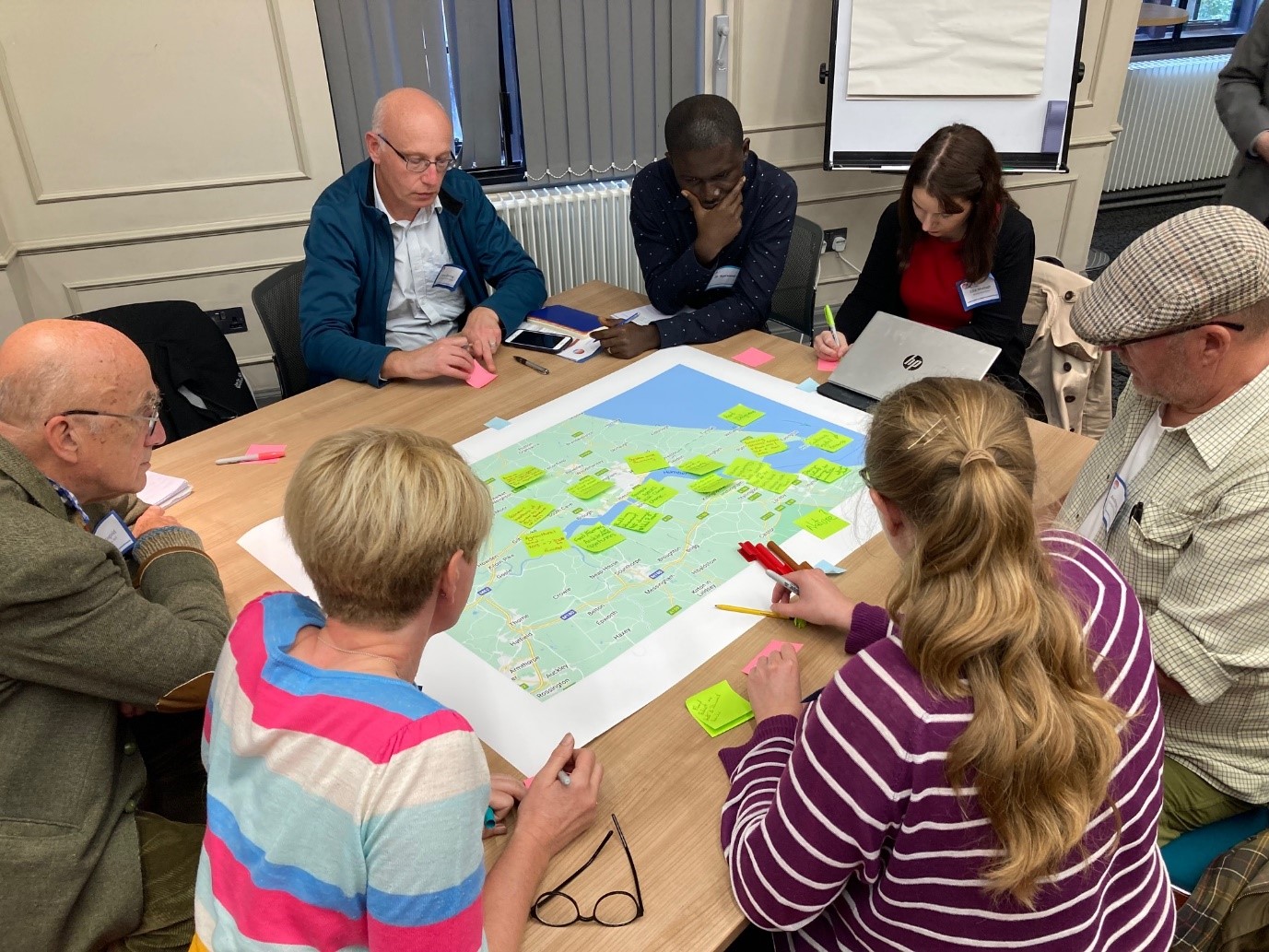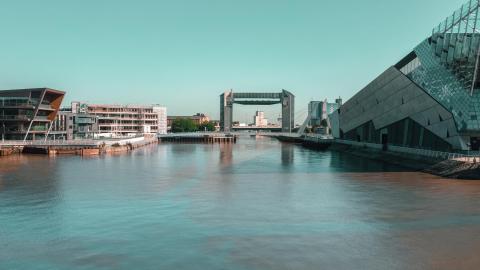Adam Walmesley, Senior Communications Executive for the Met Office, attended the climate resilience Showcase organised by the UK Climate Resilience Programme in Hull on 10-11 October 2022. Here he writes about how the programme’s outputs can be used to help Hull and other places across the UK respond to climate impacts.
Climate change is one of the biggest challenges facing our world today, and a major threat to the UK’s critical national infrastructure, national security and prosperity, as detailed in a report from the Joint Committee on the National Security Strategy on 27 October.
In the UK, warmer and wetter winters, hotter and drier summers, and more frequent and intense weather extremes present climate risks – such as extreme heat, droughts, flooding and storms. To manage the risks, we will need to adapt our ways of life. One adaptation strategy is to enable local decision-makers, businesses and residents to implement climate strategies, so they are able to develop a resilient low-carbon future.
The UK Climate Resilience Programme (UKCR) Showcase brought together researchers, decision-makers and regional representatives to discuss the risks – their impact on people, infrastructure and natural habitats – and how we could manage them. There was particular emphasis on the importance of place-based adaptation strategies, with a focus on Hull and East Yorkshire. This involves translating the latest climate data into climate services that are useful to and useable by decision-makers in local areas.
Hull – a vulnerable city
Flooding is a major climate risk in Hull and has played a significant role in its history. This is because the city is located beside an estuary and is built on reclaimed marshland, much of which is below sea level at high tide. Hull is the second most vulnerable UK city to flooding after London, and it has had two major floods during the past 15 years.
On 25 June 2007 more than 100mm of rain fell and the city’s drainage system was overwhelmed. One person died, all 98 schools in the city were damaged as well as 10,000 homes, and the repair bill was more than £40m. An independent review led to significant improvements to flood defences in the region.
In December 2013 a storm surge combined with high spring tides to flood hundreds more homes. But the city narrowly escaped further damage, as the River Hull’s tidal surge barrier came within 40cm of being overwhelmed. A £42m flood defence scheme was completed last year to protect 113,000 homes in Hull, as well as businesses and infrastructure.
Creating climate narratives
During two interactive sessions at the UKCR Showcase, multidisciplinary groups were invited to help create climate change narratives that could be used for decision-making in Hull. They included local stakeholders who will need to live with climate change in Hull.
The first session was based on the Met Office work package From climate hazard to climate risk, with contributions from UK shared socio-economic pathways and climate impact studies from across the programme. Using maps of the local area, the groups shared their understanding of current and future risks, and potential adaptation solutions. The exercise raised awareness of the issues and approaches available, and will be used to help generate local climate scenarios.

Urban climate services for decision-making
The second session focussed on using urban climate services for decision-making in Hull. It was based on the Met Office Urban Climate Service Pilots project, which was informed by international initiatives, including the Future Resilience for African Cities And Lands (FRACTAL) project and Climate Science for Service Partnership China (CSSP China). The approach has involved working with local decision-makers to raise awareness and understanding of specific climate risks faced in dozens of UK cities, and providing detailed climate services related to extreme heat and flooding to inform future policies.
Participants examined some of the services produced so far, such as City Packs, Heat Packs, Storymaps and flood services, and then brainstormed ideas for heat narratives around health, infrastructure and food. Such collaboration is hoped to make the services more helpful to decision-making.
Raising awareness within local communities
The Showcase also explored communicating climate risk and resilience through artistic routes, including a performance of a specially-written interactive play. These types of activity are increasingly recognised as an important part of co-developing a safe and resilient future.
Flooding is still a severe risk in Hull, and heat can cause significant disruption. The city’s future will depend on how much society can mitigate against climate change impacts, such as rising sea levels, higher temperatures and increased rainfall, and how well the city is able to adapt.
As we have seen this year through extreme events – such as the Pakistan and India heatwave, the Southern China drought, and the Pakistan floods – climate change is becoming more prominent than ever. Much of the UK experienced an especially dry and hot summer, and these conditions could become normal by 2050. We need to raise awareness and understanding within local communities of the specific climate risks they face to inform future policies and drive action. This will help people in these places to make better decisions to stay safe and thrive.
Header image: Hull by 43 Clicks North on Unsplash

